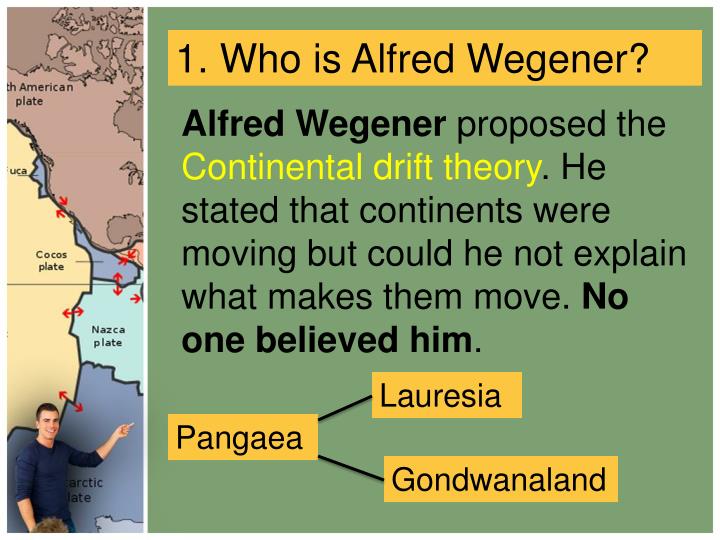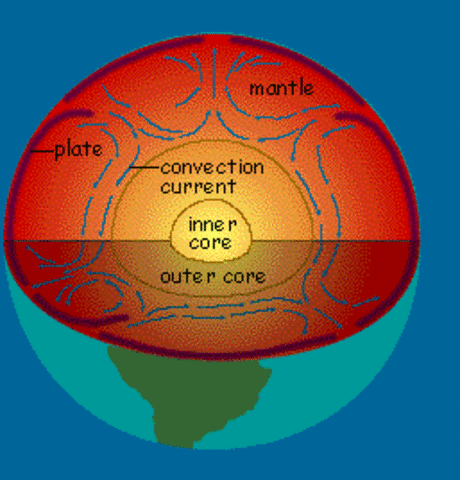

Even scientist were amazed that the seafloor was not completely flat.

During the war, most of the sound waves ricocheted off the ocean bottom. This animation shows how sound waves are used to create pictures of the seafloor and ocean crust.After the war, scientists pieced together the ocean depths to produce bathymetric maps, which reveal the features of the ocean floor as if the water were taken away. By knowing the speed of sound in seawater, scientists calculate the distance to the object based on the time it takes for the wave to make a round-trip. Echo sounders produce sound waves that travel outward in all directions, bounce off the nearest object, and then return to the ship. This hypothesis traces oceanic crust from its origin at a mid-ocean ridge to its destruction at a deep sea trench and is the mechanism for continental drift.During World War II, battleships and submarines carried echo sounders to locate enemy submarines. Maps and other data gathered during the war allowed scientists to develop the seafloor spreading hypothesis. World War II gave scientists the tools to find the mechanism for continental drift that had eluded Wegener. Wegener’s idea was nearly forgotten until technological advances presented even more evidence that the continents moved and gave scientists the tools to develop a mechanism for Wegener’s drifting continents. Scientists argued that there was no way to explain how solid continents could move through solid oceanic crust. Wegener suggested that these creatures were alive in warm climate zones and that the fossils and coal later had drifted to new locations on the continents.Although Wegener’s evidence was sound, most geologists at the time rejected his hypothesis of continental drift. Wegener thought that the glaciers were centered over the southern land mass close to the South Pole and the continents moved to their present positions later on.Coral reefs and coal-forming swamps are found in tropical and subtropical environments, but ancient coal seams and coral reefs are found in locations where it is much too cold today. Today glaciers only form on land and nearer the poles. This would indicate that the glaciers either formed in the middle of the ocean and/or covered most of the Earth.

Cynognathus and Lystrosaurus were land reptiles and were unable to swim.Grooves and rock deposits left by ancient glaciers are found today on different continents very close to the equator. was a swimming reptile but could only swim in fresh water. The reptile Mesosaurus could only swim in fresh water. For example, the fossils of the seed fern Glossopteris were too heavy to be carried so far by wind. He suggested that the organisms would not have been able to travel across the oceans. Wegener proposed that the organisms had lived side by side, but that the lands had moved apart after they were dead and fossilized. Wegener concluded that they formed as a single mountain range that was separated as the continents drifted.Ancient fossils of the same species of extinct plants and animals are found in rocks of the same age but are on continents that are now widely separated. The Appalachians of the eastern United States and Canada, for example, are just like mountain ranges in eastern Greenland, Ireland, Great Britain, and Norway. Wegener said the rocks had formed side-by-side and that the land had since moved apart.Mountain ranges with the same rock types, structures, and ages are now on opposite sides of the Atlantic Ocean. For one, identical rocks of the same type and age are found on both sides of the Atlantic Ocean. Besides the way the continents fit together, Wegener and his supporters collected a great deal of evidence for the continental drift hypothesis.


 0 kommentar(er)
0 kommentar(er)
